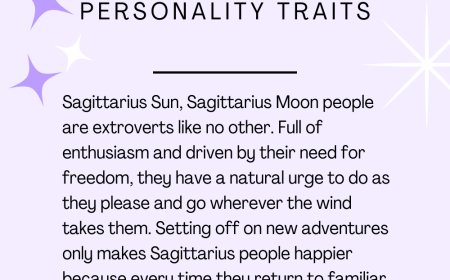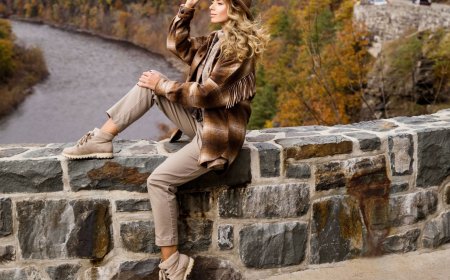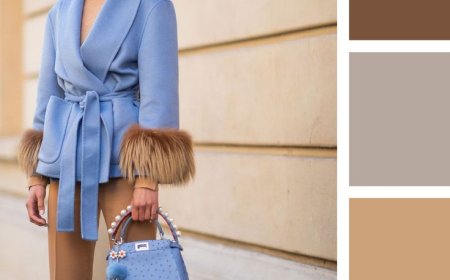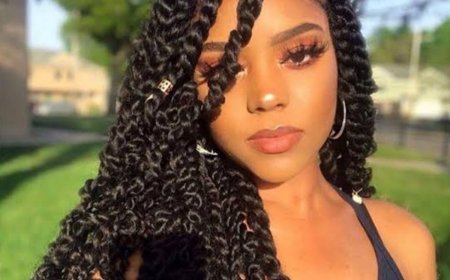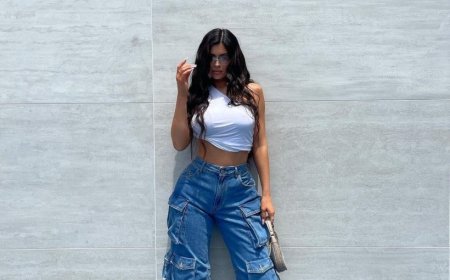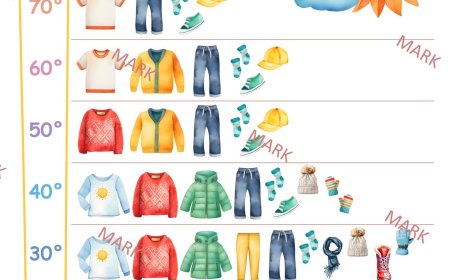Navy Suit with Navy Shoes: Is It Stylish or Too Much?
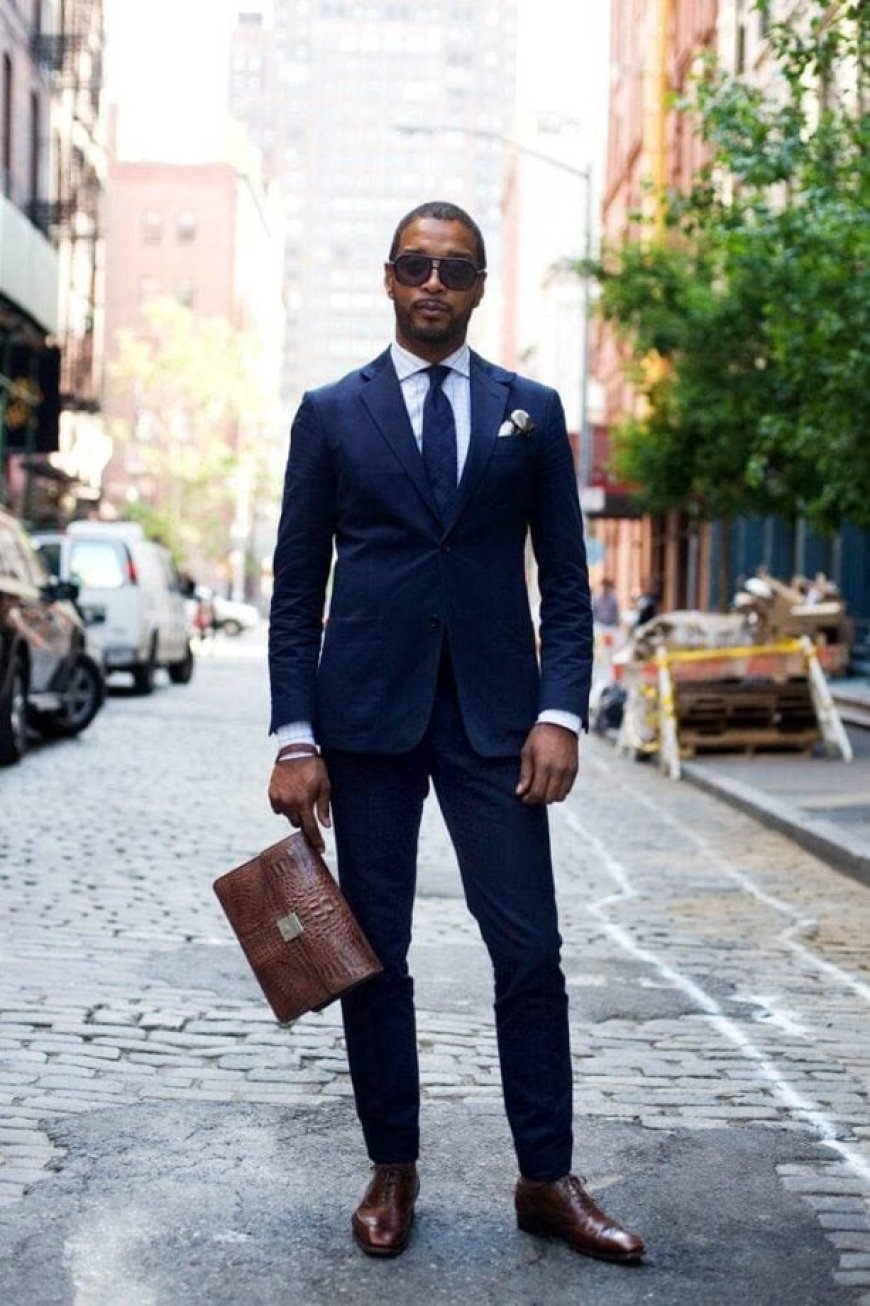
A navy suit is often heralded as a cornerstone of men's formal wear, epitomizing sophistication and versatility. However, the decision to pair it with navy shoes has sparked considerable debate among fashion aficionados. Some argue that matching the colors achieves a harmonious look, while others contend it risks a sartorial misstep akin to overindulgence. This comprehensive examination not only seeks to address the quintessential question: Is a navy suit with navy shoes a stylish choice or an affront to tasteful dressing? It endeavors to shift perspectives and ignite curiosity regarding the intricacies of this fashion conundrum.
To embark upon this exploration, it is imperative to dissect the individual components of this ensemble, taking into consideration elements such as color theory, contemporary style narratives, and cultural perceptions surrounding this fashion choice.
The Allure of Color Coordination
In the realm of fashion, color coordination can serve as a double-edged sword. The idea of donning a navy suit accompanied by navy shoes stems from a desire for synergy; the colors amplify one another, potentially enhancing the overall aesthetic. Color theory, rooted in psychology, posits that colors evoke emotions and perceptions in a viewer. By matching navy on navy, one could argue that an air of confidence and coherence is established.
However, this premise becomes contested when considering the nuances of shade variation. One navy hue may not harmonize seamlessly with another. The resulting ensemble may appear monotonous or, worse, muddled. The disparity in undertones can create a discordant effect, undermining the sophisticated intentions behind the pairing. Color coordination necessitates a discerning eye; subtle variations can be the linchpin for an outfit's success or its utter failure.
Moreover, the psychological implications of dressing in monochrome hues should not be overlooked. Such a combination can exude professionalism yet run the risk of veering into the territory of the austere. In professional settings, the aim is to be distinguished among peers; hence, navigating these color waters requires finesse and intentionality.
The Evolution of Modern Style Textures
In recent years, the traditional tailoring of menswear has begun to intersect with contemporary fashion trends, thereby altering the parameters of what is deemed ‘stylish’ in a modern context. The resurgence of casual chic in the workplace and social environments has influenced the fabric choices and overall silhouette of suits and footwear alike. With sophistication redefined, fabrics with textured finishes or subtle patterns can elevate the visual appeal and authenticity of even a monochromatic outfit.
For example, pairing a strictly tailored navy suit, crafted from a high-quality fabric with a slight sheen, with navy shoes that feature unique textures—like suede or leather with intricate detailing—can yield a strikingly refined appearance. Such textures not only disrupt the potential monotony but also offer visual interest crucial for both intimate and expansive social settings. Herein lies the paradoxical nature of evaluating style—meaning or significance must now accompany composition.
The Cultural Context of Matching Shoes and Suits
Asserting that a navy suit with navy shoes can be stylish invites a consideration of cultural context. Fashion is intrinsically linked to cultural norms; geographical variances, societal cues, and even season-specific trends shape perceptions of style. In contemporary urban environments, there exists a movement towards blending formal and informal elements, thus allowing for greater diversity in color matching. The ‘smart casual’ dress code, emblematic of this modern approach, offers additional leeway to experiment with traditional styles.
Conversely, in settings with rigid adherence to formal dress codes—corporate environments or black-tie events—missteps in color coordination could lead to discomfort. In such instances, opting for contrasting footwear—such as brown or oxblood—could provide the perfect counterbalance, mitigating the severity of a heavily coordinated ensemble. The importance of understanding the occasion cannot be overstated; it can mean the difference between being regarded as a fashion innovator or becoming the object of sartorial ridicule.
Stylish Alternatives: Breaking the Monochromatic Cycle
While the exploration of a navy suit paired with navy shoes uncovers intriguing avenues for discussion, it also highlights the potential pitfalls of an unyielding adherence to monochrome stylings. The vibrancy of the modern dress palette presents numerous opportunities for creativity, allowing for diversification that could enhance an individual’s wardrobe repertoire. Stylish alternatives abound that lend themselves to presenting a more dynamic appearance.
Integrating complementary colors is one brilliant approach that can breathe new life into an outfit. For instance, pairing a navy suit with brown shoes can create an aesthetically pleasing contrast, accentuating the depth of the suit while injecting warmth into the ensemble. Furthermore, considering the use of patterned or brightly colored accessories, such as a tie or pocket square, can not only create a compelling focal point but also reflect personal style and attitudes.
Experimentation with the interplay of colors and textures can change the narrative surrounding traditional color matching practices. By positioning oneself as a trendsetter rather than a follower of outdated rules, one can carve out a distinct place within the domain of contemporary fashion.
The Final Word on Picking the Right Combination
The query surrounding the suitability of a navy suit with navy shoes elicits varied responses that can evolve over time. Engaging with this topic reveals the multifaceted nature of personal style versus societal norms. One must balance individual aesthetic preferences with contextual appropriateness and awareness of emerging trends.
Ultimately, embracing the possibility of stylish harmony while navigating the challenges posed by matching colors will furnish the individual with an arsenal of options—a means to thoughtfully articulate identity through fashion. As one delves further into the nuances of style, it is beneficial to approach each outfit as a canvas, poised to explore the intersection of tradition and innovation. By nurturing an awareness of color dynamics, fabric textures, and cultural influences, one can confidently traverse the terrain of formal wear, commanding respect through sartorial intelligence.
What's Your Reaction?
 Like
0
Like
0
 Dislike
0
Dislike
0
 Love
0
Love
0
 Funny
0
Funny
0
 Angry
0
Angry
0
 Sad
0
Sad
0
 Wow
0
Wow
0
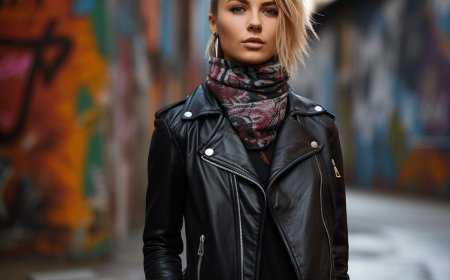
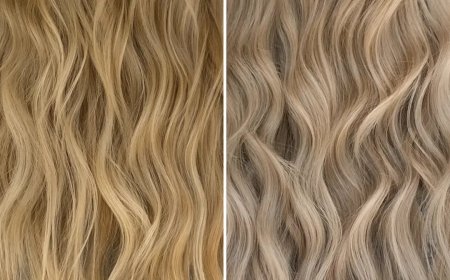
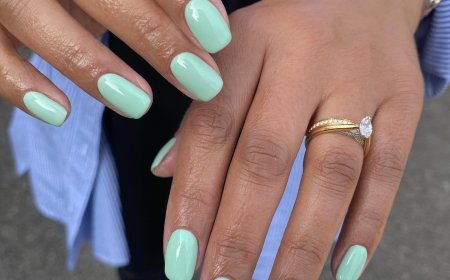
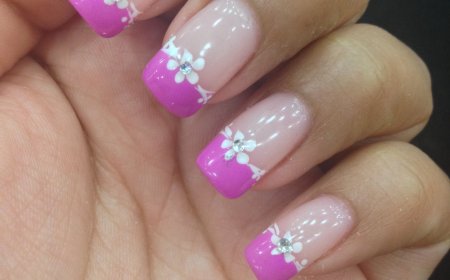





:max_bytes(150000):strip_icc()/drugstore-retinol-creams-tout-f76b9d2796e34eaa8376801c83fb1888.jpg)

